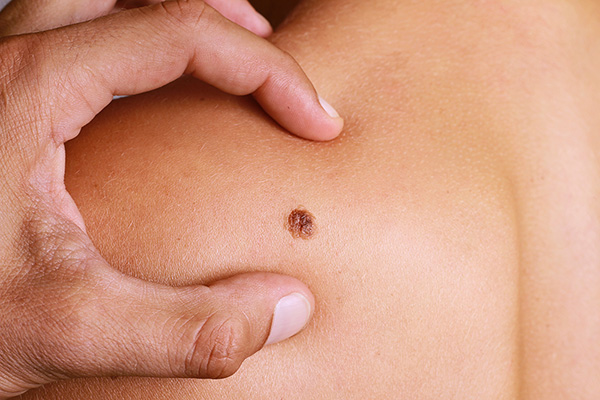Popular beliefs and myths, widespread in the past and not completely disappeared today. This article aims to debunk the 7 most common misconceptions about nevi (commonly known as moles) and their treatment.
1. Removing a nevus is dangerous
False. The saying 'let sleeping dogs lie' reflects the old belief that removing a mole was dangerous: if the nevus is surgically removed and histological examination is performed, there is no risk.
2. Nevi on feet and hands are at higher risk of melanoma transformation
False. The possibility of a nevus transforming into melanoma does not depend on its location. Melanoma formation is due to numerous factors (e.g., genetic, environmental, etc.).
3. Everyone should undergo screening, even those with few moles
True. This is a general rule that applies to everyone. Even people with very few nevi should undergo periodic screening to monitor the formation of new nevi and their potential transformation into melanomas.
4. Raised and dark-colored nevi are more dangerous than others
False. Dermal facial nevi with pilar components or compound nevi, although aesthetically prominent, are typically benign. However, it is good practice to undergo specialist examination to verify their nature.
5. Laser removal of nevi leaves no marks
False. CO2 laser, commonly used for nevus removal, is a surgical laser that always creates an incision in the skin. The incision could similarly be made with a scalpel and would always leave a scar on the skin, albeit minimal.
6. Sun exposure is harmful to nevi
True. Excessive sun exposure is harmful to nevi and skin in general, especially without sun protection. While ultraviolet radiation has beneficial effects on both skin and immune system, these benefits only occur with adequate sun protection.
7. Nevi must be covered with sunscreen
False. The entire skin should be covered with sunscreen, not just nevi. It is good practice to always use protection to prevent the possibility of new lesions developing even on apparently healthy skin.
